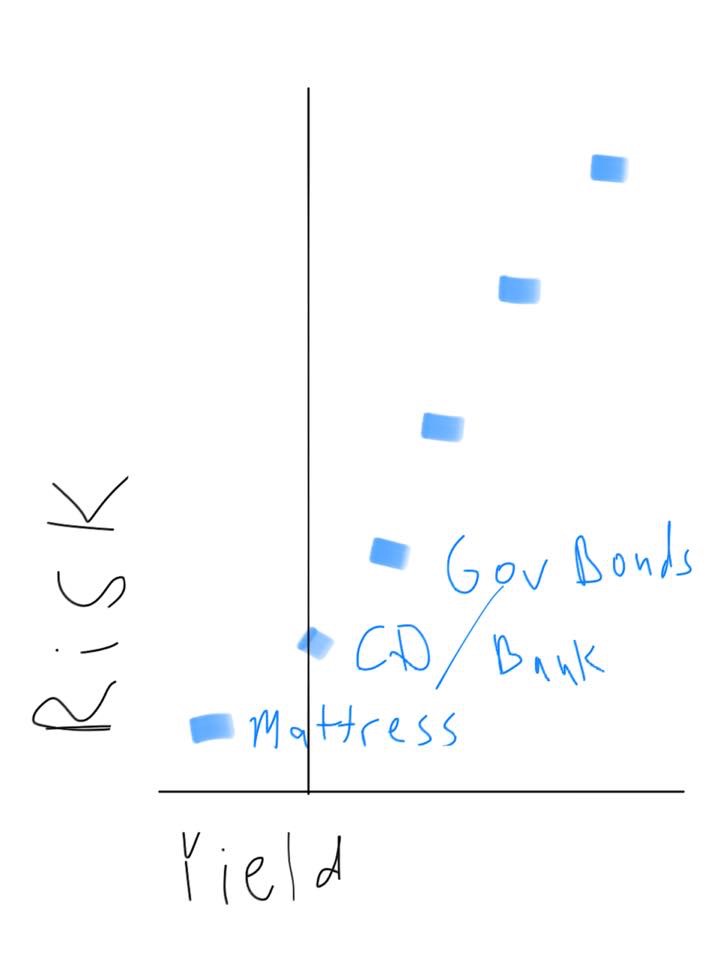Where’s the Profit in That?
So I am in a wrestling match. Right now I am trying to figure out how to explain in the simplest terms–what are often called layman’s terms–how real estate transactions work. Here’s the biggest problem: real estate professionals speak one language and lay people (a term borrowed from the division between the priesthood and everyone else) speak another. And the priest lay analogy is a good one. Intuitively I understand Realestatese. But I can’t speak it very well. I also know how lay people understand real estate development. We need to translate between the two. Why? Because most lay people who care, are going to need to understand why the Grand Bargain won’t work. Let me explain the problem.
So on the one hand, real estate transactions function with some basic three-letter acronyms like NOI, DCR and other terms like Cap rates. The problem is that all these make perfect sense if you have a sense for real estate. For example, anyone in the real estate world knows that Net Operating Income (NOI) isn’t the same as what many of us would consider “take home pay.” That is, NOI is all the money left over after a project pays its bills but before it pays debt service. So, NOI isn’t what anyone could really call “profit” because NOI is money that is obligated to cover the banks requirements for cash flow. Think of it, in lay mans terms, as collateral or what the bank expects you to earn after you pay your mortgage.
For lay people, those of us who don’t do real estate for a living, NOI is profit. It makes sense. You spend money to build something, after you cover those costs everything after that is profit or “gravy” as some might say. Intuitively, I sense that people see earthmovers, cranes, tractors, and lots of construction workers and they guess that there is a lot of money in development. Developers have lots of cash that they use to buy all this. They’re rich. After they build their apartment buildings, they sit back, decide how much they’ll charge for rent, and, as one local NIMBY was fond of saying, “laugh all the way to the bank!”
But as I explained in a post at Seattle Transit Blog, that simply isn’t how it works. And I explained NOI in another post here. I believe that one of the things that drives so much bad policy in Seattle is the misunderstanding of how real estate development works. Do people make money at it? Sure people make money at building housing. But people also make money driving buses, teaching kindergarten, and flying airplanes. And like most small business, development (and most are smaller scale businesses) can pay well or it can go bust, like that great restaurant around the corner that inexplicably shut down.
Real estate development does generate returns—relatively modest but consistent returns for investors and banks that put money into building housing. But real estate isn’t gambling. I tried, unsuccessfully, to express this in a chart. There are high risk, high yield propositions like robbing a bank and low risk, low yield propositions like a certificate of deposit or putting your money in a mattress. Matt Gangemi, who is much smarter than me, took my goofy graph and made this one.
In the end, real estate development is a relatively medium risk, medium yield business with banks and investors usually supplying the money and demanding lots of control, certainty, and pay back in exchange for their cash. Sure, some people earn millions in “take home pay.” But like the restaurant business (probably higher risk and higher yield), there are few Tom Douglas’ and lots of people running that small restaurant around the corner.
The reason I am sharing this is first because I want to let you in on our process: we’re trying to explain to people who care about housing why the Bargain doesn’t work. Second, I think the idea that building housing is like a casino with people betting it all on a high risk condo project and making lots of cash by stacking the deck just isn’t real. Lastly, I am looking for a translator, a person who knows the business but who can break it down in a way that makes it clear that building housing isn’t a sure thing as a business. It’s risky. And builders sometimes win and sometimes lose, just like the rest of us. But we have to make that believable with math and show our work.


